

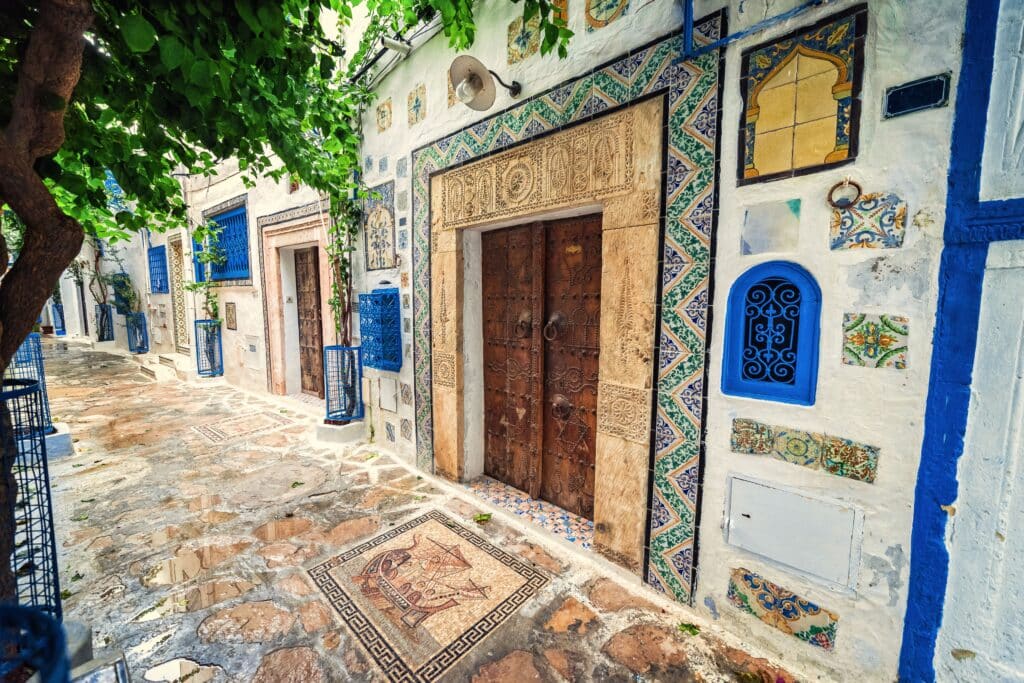
Tunisia, a North African country bathed by the Mediterranean, opens the doors to a world where millennia-old history meets golden sandy beaches and the fascinating landscapes of the Sahara Desert. From the bustling souks of Tunis to the Roman ruins of Carthage and El Jem, through the lush oases and Berber villages, our stays in Tunisia are an invitation to discover a rich culture and warm hospitality. Explore our offers and let yourself be charmed by the many facets of Tunisia.
An exceptional historical and archaeological heritage
Explore the ancient sites of Carthage, the Roman amphitheaters (El Jem), the UNESCO-listed medinas (Tunis, Sousse, Kairouan).
Mediterranean beaches and renowned seaside resorts
Enjoy the sun on the beaches of Djerba, Hammamet, Sousse, ideal for relaxation and water sports.
The gates of the Sahara
Venture into the desert to discover lush oases (Tozeur, Douz), endless sand dunes, and traditional Berber villages.
A multicultural culture and rich craftsmanship
Immerse yourself in the atmosphere of the souks, admire the ceramics, carpets, jewelry, and savor cuisine with Berber, Arab, and Mediterranean influences.
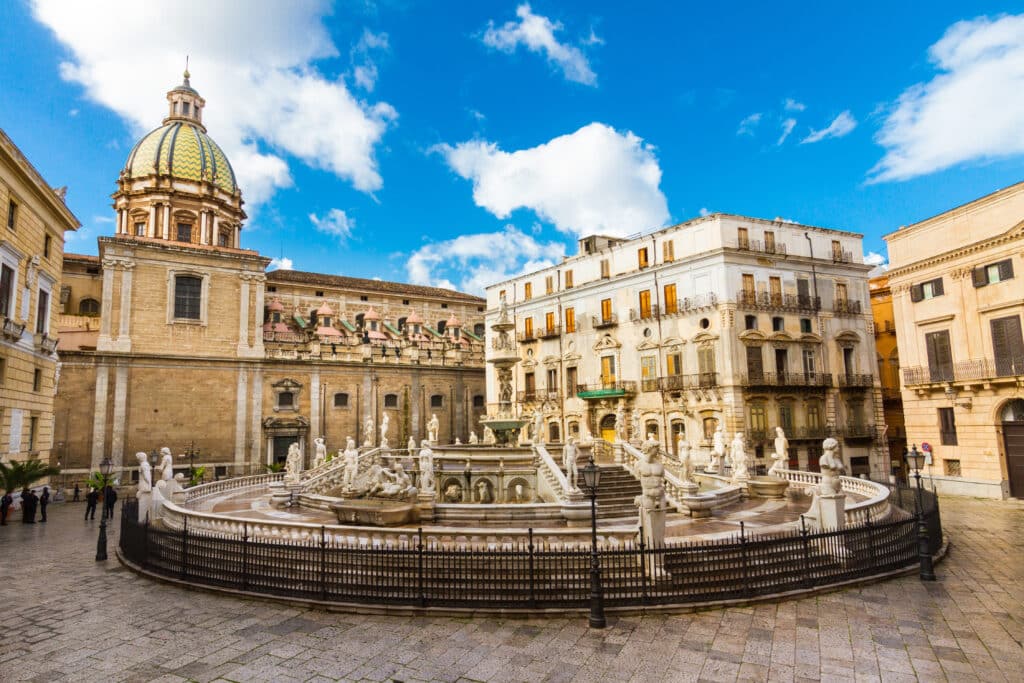
€1,434
price per person
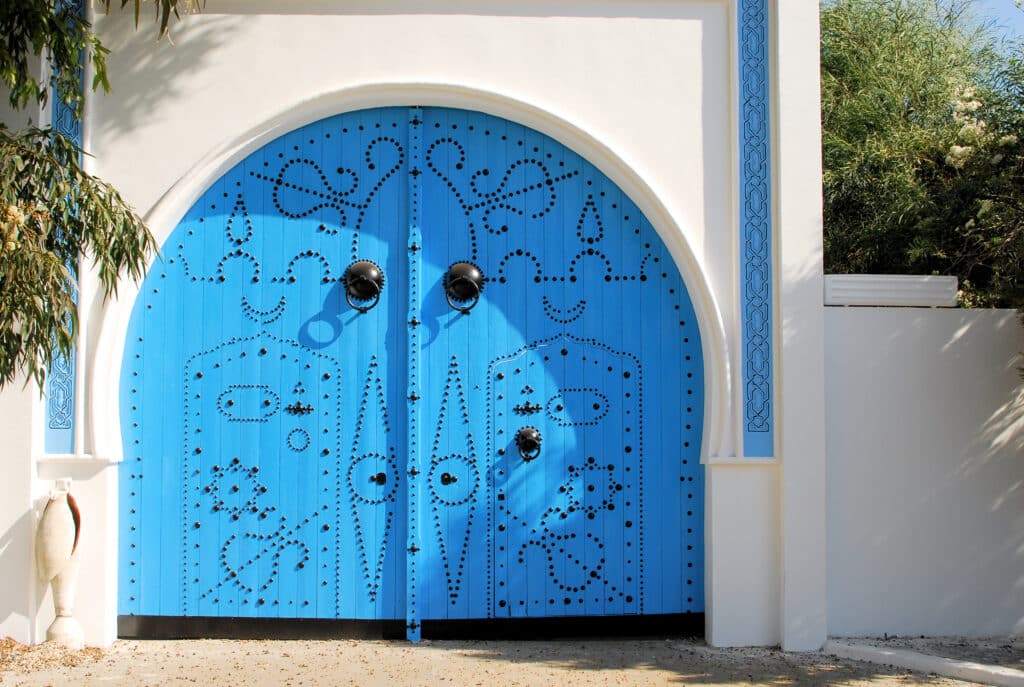
€2,880
price per person
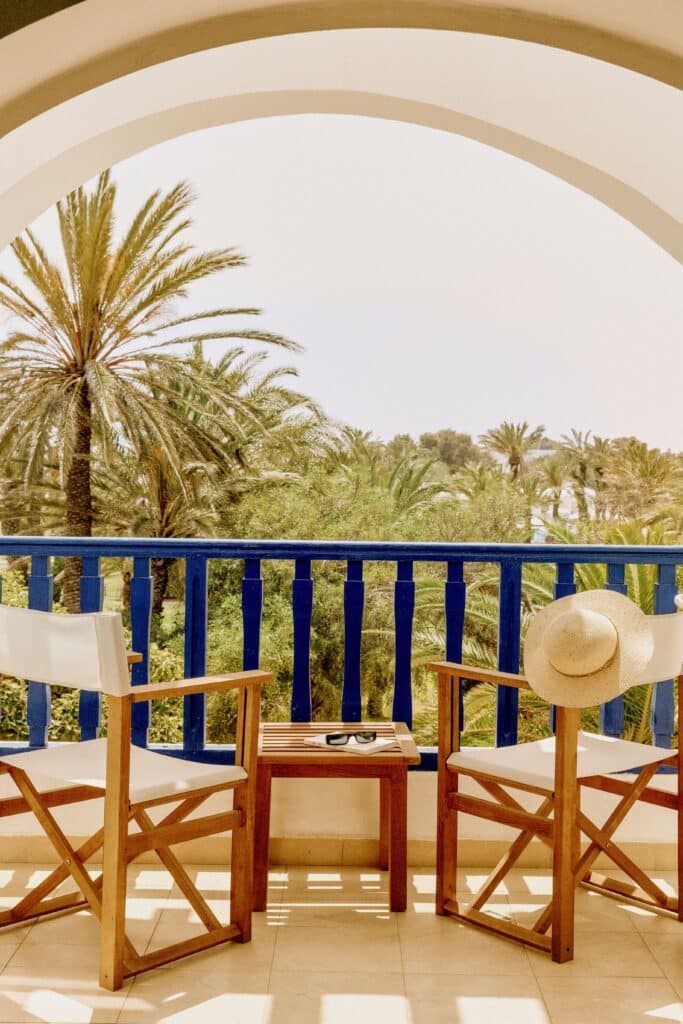
€2,040
price per person
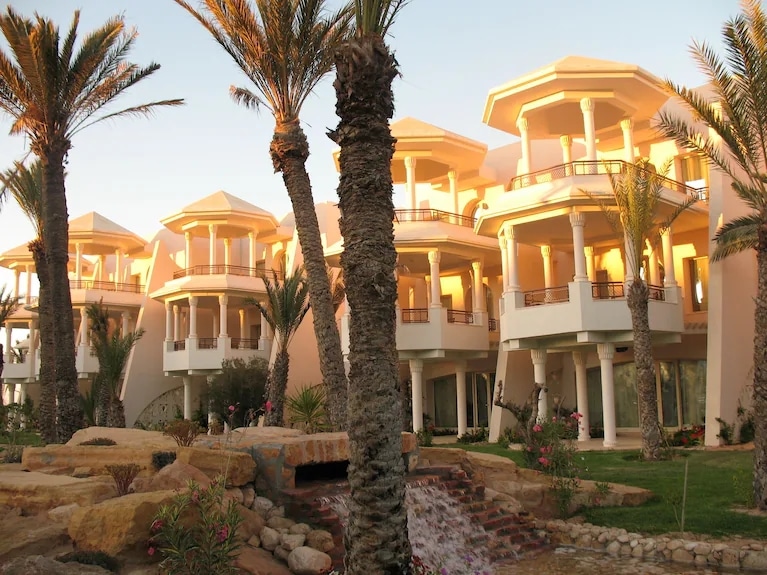
€1,044
price per person




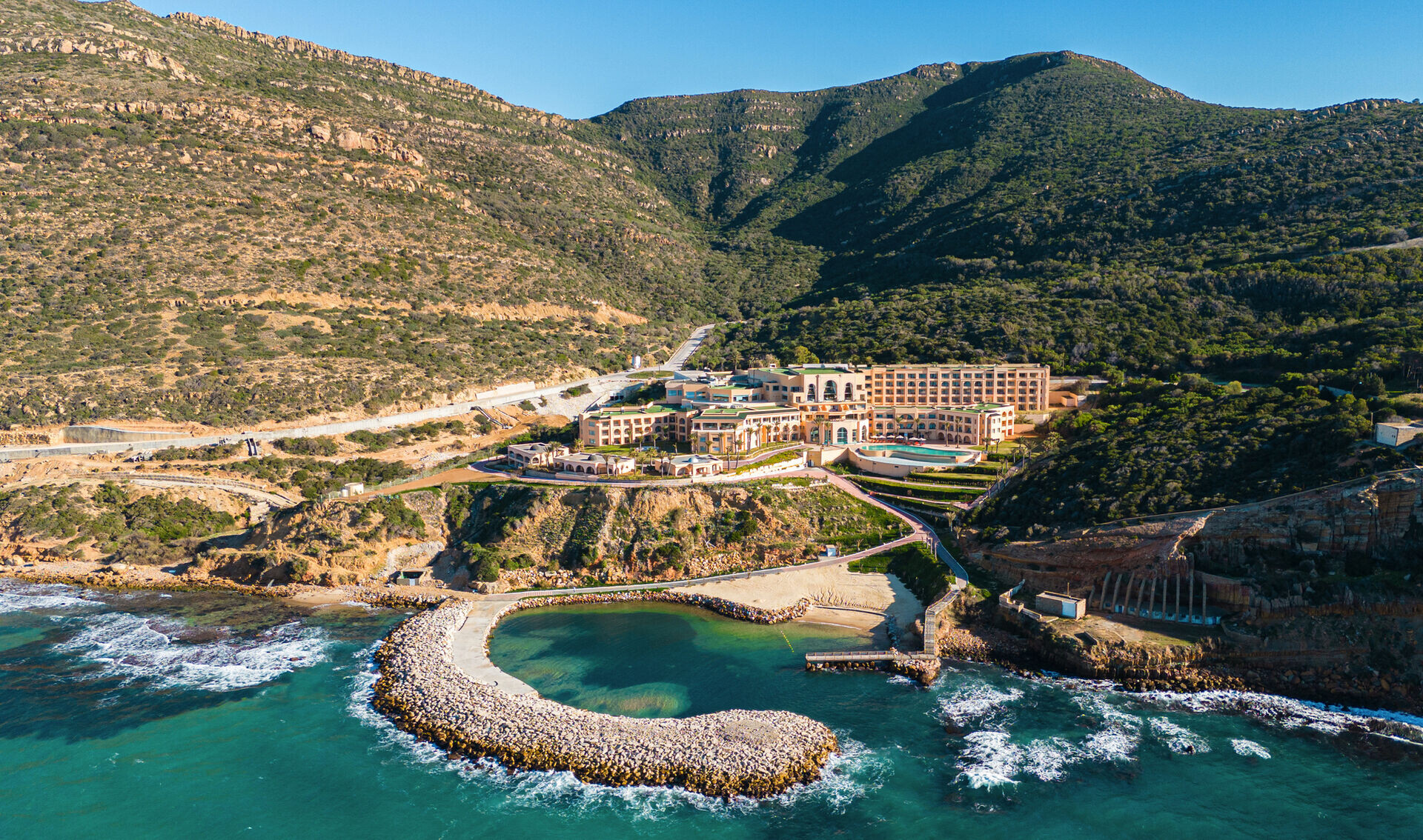
945€
price per person
Tunisia offers a wide variety of sites. Tunis, the capital, with its bustling medina (listed by UNESCO) and the Bardo National Museum (famous for its collection of Roman mosaics). Nearby, the ancient site of Carthage is a must-visit. The Roman amphitheater ofEl Jem, one of the largest and best-preserved in the world, is spectacular. Kairouan, the holy city of Islam, boasts an impressive Great Mosque and a charming medina. On the coast, Sousse and its fortified medina, as well as Hammamet et Monastir are popular seaside destinations with rich heritage. The island of Djerba captivates with its beaches, white houses (menzels), and the Ghriba synagogue. To the south, the desert doors open with Tozeur and its oases, Douz for excursions in the Sahara, and the troglodyte Berber villages of Matmata ou Chenini et Tataouine.
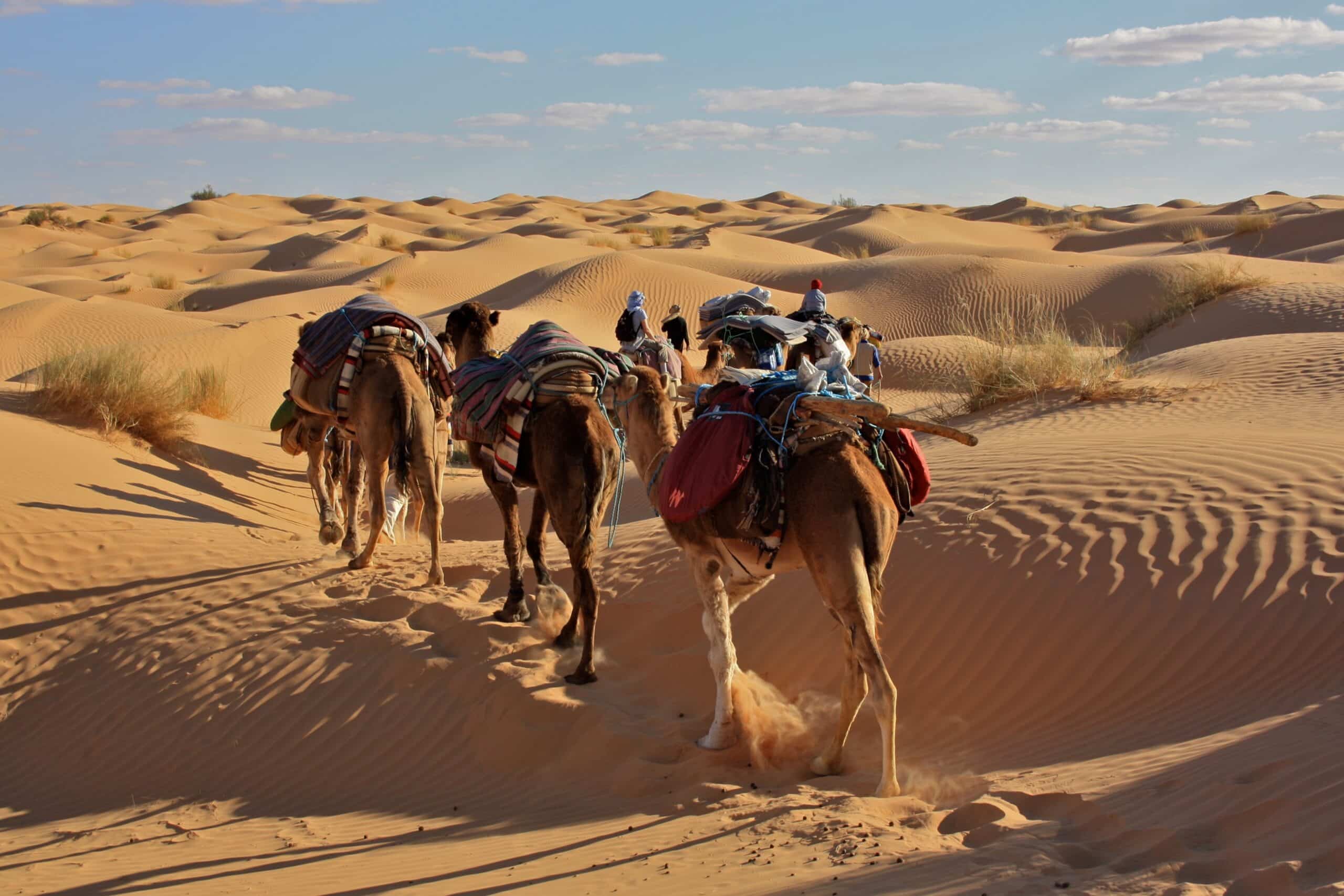

Tunisia has a Mediterranean climate in the north and on the coasts, and a desert climate in the south.

Tunisian cuisine is tasty, spicy, and full of Mediterranean flavors. The couscous is the national dish, prepared with semolina, vegetables, and meat (lamb, chicken) or fish. The harissa (chili paste) accompanies many dishes. Try the brik with egg (crispy pastry filled with an egg), the mechouia salad (grilled vegetable salad), the Tunisian tajine (a kind of thick quiche), and the ojja (spicy scrambled eggs with merguez or seafood). Tunisian pastries are delicious (makrouds, baklavas, gazelle horns). Mint tea is a traditional hospitality drink.
| Jan | Feb | March | April | Mai | June | July | Aug | Sept | Oct | Nov | Dec | |
|---|---|---|---|---|---|---|---|---|---|---|---|---|
| Our opinion | ||||||||||||
| Tourist peak | ||||||||||||
| T° max | 16°C | 19°C | 20°C | 22°C | 26°C | 31°C | 34°C | 34°C | 31°C | 27°C | 21°C | 17°C |
| Rainy days | 9 d | 7 d | 7 d | 5 d | 4 d | 2 d | 6 d | 1 d | 4 d | 6 d | 7 d | 9 d |
| T° sea | 15°C | 15°C | 15°C | 16°C | 18°C | 22°C | 24°C | 25°C | 25°C | 23°C | 20°C | 17°C |
| Beach | ||||||||||||
| Hiking |
Some scenes from the Star Wars film saga were filmed in Tunisia, particularly in the Matmata region with its troglodyte dwellings used as a backdrop for the planet Tatooine.
The official currency is the Tunisian Dinar (TND). The import and export of Tunisian dinars are regulated. It is advisable to exchange currencies (euros, dollars) upon arrival in banks, exchange offices, or hotels. Credit cards are accepted in major hotels, tourist restaurants, and some shops. It is preferable to have dinars in cash for souks, small shops, and transport. ATMs are available in cities and tourist areas.
The people of Tunisia are called Tunisians.
The official language is Arabic. The Tunisian dialect (darija) is the everyday spoken language. French is widely used, especially in administration, education, and commerce, and is widely understood and spoken, particularly in tourist areas. English is also spoken in the tourism sector.
In Tunisia, the electrical plugs are mainly type C and E. The standard voltage is 230V and the frequency is 50Hz. French appliances work without an adapter.